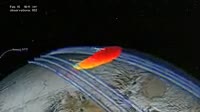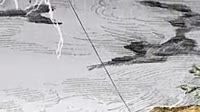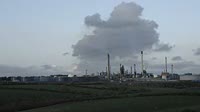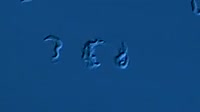Chelyabinsk meteor debris plume. Computer model of the atmospheric dispersion of dust and debris from the Chelyabinsk meteor event. On 15th February 2013 a bolide measuring some 17-18 metres across, with a mass of 11, 000 metric tons, exploded in the air 23.3 kilometres above the Russian city of Chelyabinsk. The event led to the formation of a new dust belt (orange) in Earth's stratosphere. Scientists used data from the NASA-NOAA Suomi NPP satellite, along with the GEOS-5 computational atmospheric model, to achieve the first space-based observation the long-term evolution of a bolide plume. The bolide exploded with a force about 30 times greater than the atomic bomb that destroyed Hiroshima. More than 1000 people were injured, but nobody was killed. A 600-kilogram fragment of the meteorite was recovered from the bottom of Lake Chebarkul in October 2013.
Details
WebID:
C01786817
Clip Type:
RM
Super High Res Size:
1920X1080
Duration:
00:00:36.000
Format:
QuickTime
Bit Rate:
30 fps
Available:
download
Comp:
200X112 (0.00 M)
Model Release:
NO
Property Release
No













 Loading
Loading